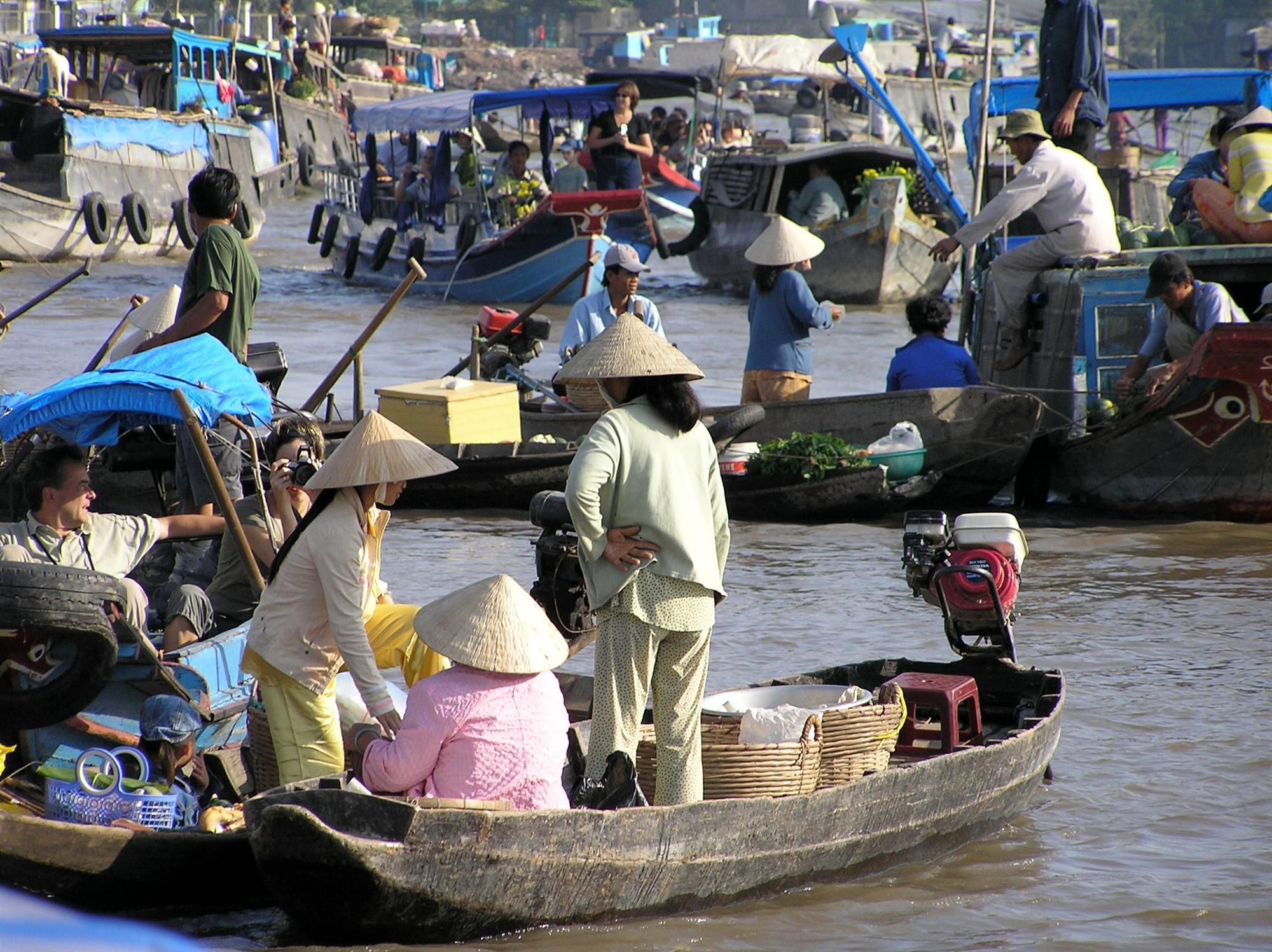Southeast Asian countries must be nimble in order to make the most of the financing opportunities China’s Belt and Road Initiative will bring them, the Greater Mekong Investment Forum heard.
No one doubts the positives the initiative brings to the region, especially in terms of how it will improve physical links, speakers said at the conference in Bangkok. “I don’t think we can fathom the benefits,” said Kamalkant Agarwal, head of international banking business for Siam Commercial Bank, of the coming connectivity he described as “unimaginable.”
There is within this a debate about how to move forward and what the initiative’s priorities should be, some issues which make people wary. For example, there is a growing school of thought that while infrastructure issues are already on the agenda, less so is the understanding of the need to tackle lagging software, such as financial architecture to support easier cross-border financial transactions.
Additionally, the Belt and Road Initiative will make any number of countries more connected to China, which is raising hackles in some capitals. But as Agarwal pointed out, maritime connectivity with China has always existed, but will now be added to by land links. “[The initiative] is primarily road and rail and primarily connecting to China,” he acknowledged.

A different view – one which might explain some of the hostility to China – came from Narin Opamuratawongse, executive vice president of the investment banking group at Bangkok Bank. He argued that China brings with it a transforming precedent. Already a major e-commerce power in its own right, the Mekong countries need to adapt to that status as well as the roads and rails which China will either build or pay for.
“We need software and ecosystems to keep up,” he said. “We have to think hard on the value of software.”
Complicating this is the sheer unevenness of the ASEAN region in IT development. Myanmar and Vietnam both rank low, whereas Singapore and Malaysia are among the far-off leaders.
There is an important add-on here, which is that China is not just building physical connections such as roads and rails to Southeast Asia, but it is building them onwards to other countries in Central Asia and beyond, Agrawal said, which provides an indirect opening of sorts for Southeast Asia to other markets.
Greater still is the opportunity identified by Vikram Kumar, Myanmar country manager for the International Finance Corporation (IFC). The Belt and Road Initiative, he says, goes beyond China’s need to access Southeast Asia, with the Dawei port project one which gives Thailand “an opportunity to access India and Bangladesh.” Countries, though, must be “selective” about what projects to undertake, he added.
China’s role in all this is underscored by the mountains of money it is putting into the Belt and Road via devices such as the Silk Road Fund and the Asian Infrastructure Investment Bank (AIIB). Even then, the funds won’t be enough to cover the funding of all the physical infrastructure needed. The Asian Development Bank has previously put the region’s infrastructure needs for transport alone at US$8.4 trillion, massive even when put against the region’s growing GDP.
Two things flow from this.
The first is that Mekong countries have considerable room to manoeuvre and should not feel that going with China is the only option. Far from it, speakers said. Two countries within ASEAN, Thailand and Indonesia, both of whom are building high-speed rail networks, have shown a willingness to turn to, and work with, either China or Japan. “You can actually make choices about how to leverage this,” noted Kumar.
One choice that might not be there, though, is India. Currently in a huff about the Belt and Road, the Indian government is investing overseas in infrastructure when it suits it, but not yet heavily Southeast Asia. “I don’t think India is going beyond the neighbouring countries,” said Agarwal.
Another option that Southeast Asia developers may not have involves greenfield sites, as it can take decades to clear land. “No one wants to finance that,” said Craig Martin, co-chief executive officer of private equity fund manager CapAsia.
Speakers also noted that developing Southeast Asia’s infrastructure necessarily includes the private sector. “We need assistance, not just from overseas development agencies but from banks,” said Phonesay Vilaysack, deputy director general of the Investment Promotion Department of the Ministry of Planning and Investment of Laos.
Just how delicate or nimble a balancing act this will be was outlined by Yee Ean Pang, director general, investment operations, for the AIIB, who made it clear that the AIIB is willing to fund down to the municipal level and without sovereign guarantees, but not without preconditions such as an international standards credit assessment test. Nor will the AIIB compete with banks to give lower and lower interest rates, he added.
Governments are being asked to do three things before AIIB cash starts flowing. “Please stop funding projects that otherwise could be funded by the private sector,” Yee said. “Then, with your fiscal and foreign exchange regulations, fund the projects that are not bankable.”
Making sure countries have a private-public-partnership structure in place was second, with the almost plaintive third condition being “even if you can afford to fund the project, still create the (capital) markets.”
By Michael Mackey
Southeast Asia Correspondent | Bangkok




